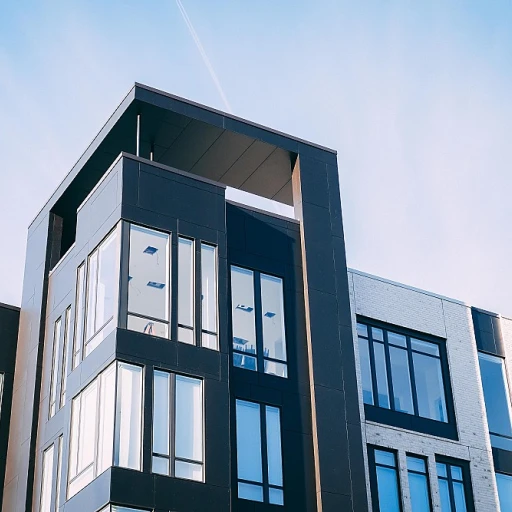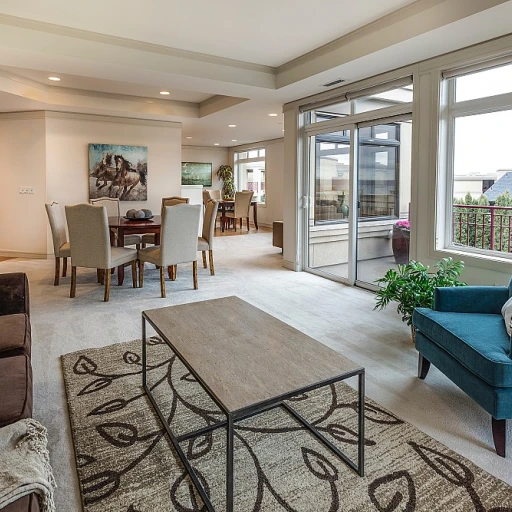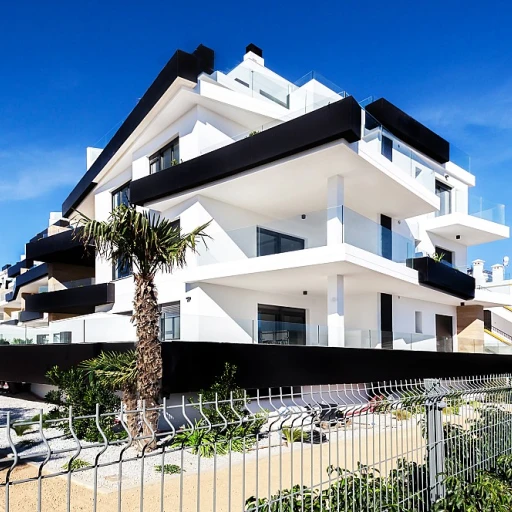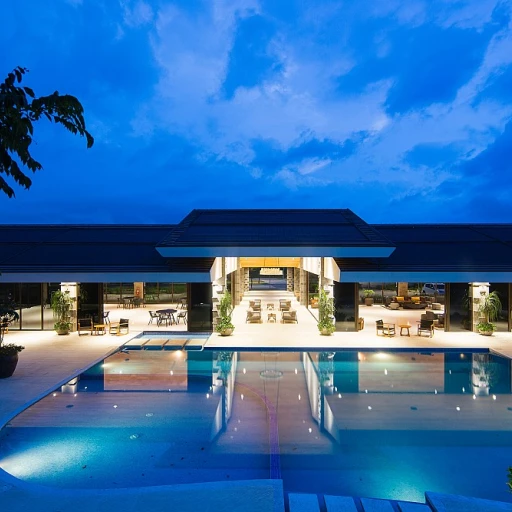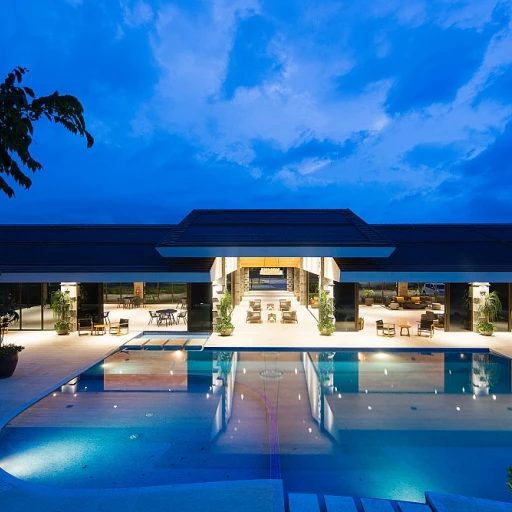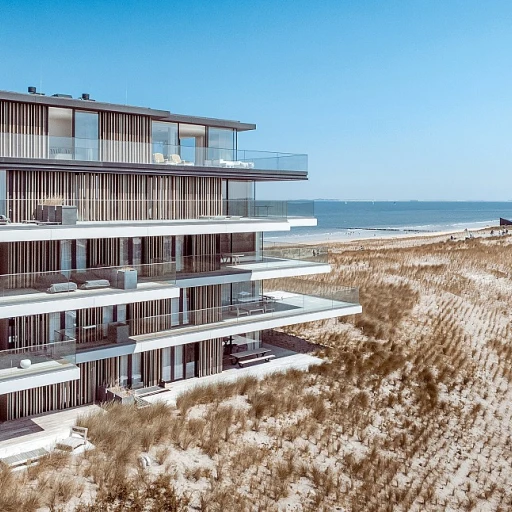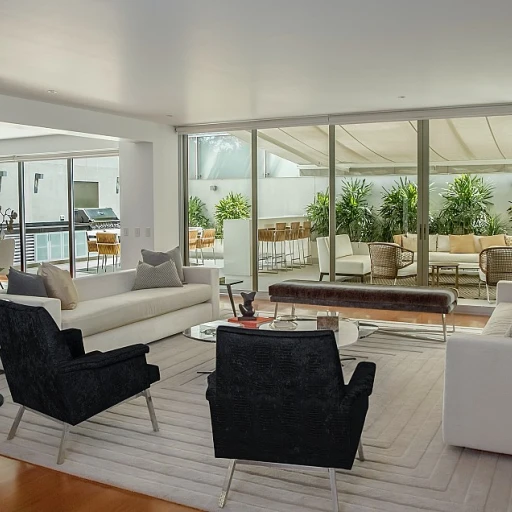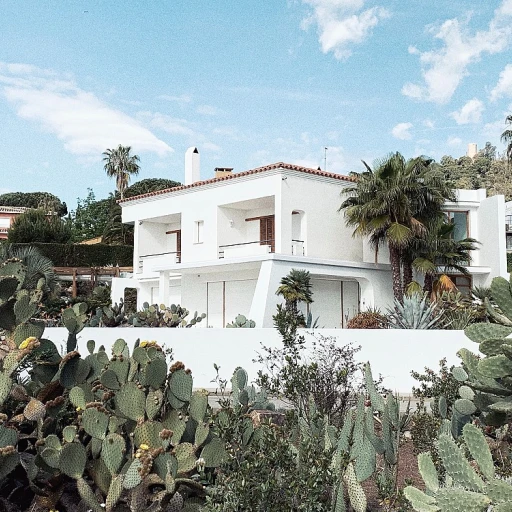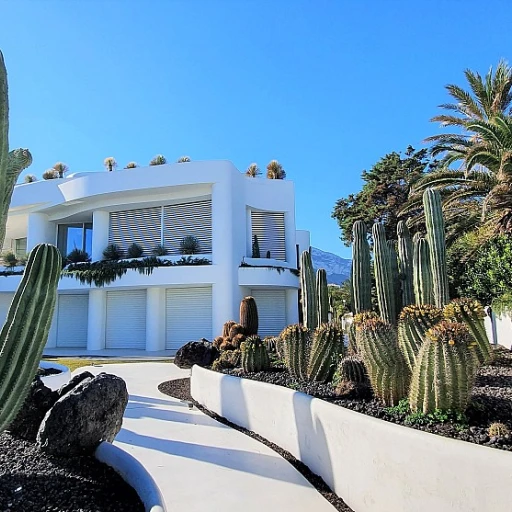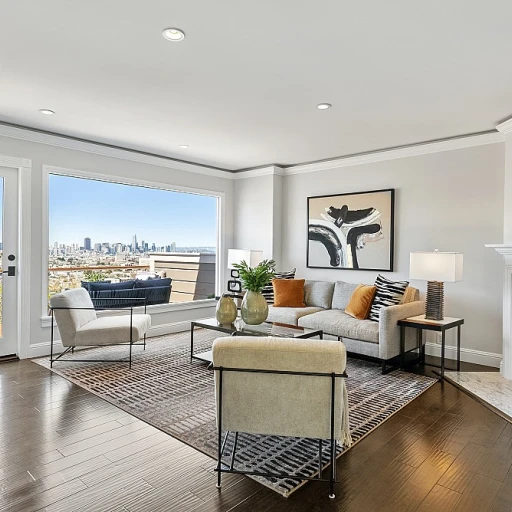
Understanding Rubs Real Estate
Unveiling the Complexities of RUBS in High-End Real Estate
Navigating the realm of high-end real estate often requires a nuanced understanding of RUBS, or Ratio Utility Billing System. This method is widely acknowledged for its capacity to fairly allocate utility costs among tenants in multifamily properties or commercial estates. Why do property owners favor this system? There are several compelling factors:- Cost Efficiency: Implementing RUBS can significantly reduce utility costs for property owners by shifting the direct utility billing to tenants based on usages such as square footage or the number of occupants.
- Revenue Enhancement: For multifamily properties, RUBS income acts as an additional revenue stream, contributing to the total property income without escalating the base rent.
- Management Ease: A well-structured utility billing system alleviates the administrative burden on property management, allowing focus on tenant relations and property upkeep.
Challenges in Exclusive Estate Transactions
The Complexities of High-End Property Transactions
Navigating the labyrinth of exclusive estate transactions can be a formidable task. In luxury real estate, understanding the nuances of property exchanges is crucial for both buyers and sellers. When it comes to high-end properties, factors such as utility costs, square footage, and utility billing systems add layers of complexity to transactions.One of the key factors that property owners need to keep in mind is the utility costs associated with exclusive estates. Unlike standard real estate, high-end properties often have elaborate systems that inflate the utility bill. When utilities are calculated, considering both square footage and the number of people residing within a unit is vital for accuracy.
Implementing Ratio Utility Billing Systems (RUBS) in multifamily properties presents both opportunities and challenges. On the one hand, RUBS allows property owners to fairly distribute utility bills among tenants based on actual usage and specific criteria such as total unit footage number, number of inhabitants, or other pre-defined metrics. On the other hand, property management must keep steadfast oversight to ensure the billing system remains transparent and justifiable to all parties involved.
Property owners contemplating merging into commercial real estate must also be acutely aware of the intricacies involved, where utility costs could differ substantially from residential properties. Moreover, commercial tenants might expect a more tailored billing approach; thus ensuring that your billing system aligns with expected property management standards becomes paramount.
In anticipation of future trends, property management professionals should consider technology that simplifies utility billing processes to maximize efficiency and tenant satisfaction, thereby optimizing rubs income. This is particularly important when dealing with expansive commercial real estate portfolios or multifamily units.
The exclusive estate marketplace is unmistakably dynamic, with several moving parts influencing transactions and long-term property success. Successfully navigating these complexities demands a deep understanding of rubs and thorough due diligence to ensure every detail is considered in the broader scope of luxury real estate transactions. For a more in-depth look into navigating these complexities, consider visiting our section on the intricacies of luxury real estate.
Market Trends in Luxury Real Estate
Luxury Real Estate Market Dynamics
In the world of high-end real estate, understanding market trends is crucial for both buyers and sellers. The current landscape of luxury properties has seen shifts influenced by various factors. In particular, the increased implementation of RUBS (Ratio Utility Billing System) in multifamily and commercial properties has gained traction as a cost-efficiency measure.- Impact of Utility Costs: Property owners and managers are increasingly turning to RUBS utility systems to allocate utility costs based on occupancy or square footage. This method helps manage the overall utility expenses across multiple tenants by generating a utility bill for each unit based on their specific usage proportion.
- Commercial Real Estate Transition: In commercial real estate, property owners use a ratio utility billing system to ensure that utility billing remains equitable across various tenants. This system can significantly affect the operating income of luxury properties and improve cost distribution transparency, which is advantageous for both property management and tenants.
- Market Trends and RUBS Income: Implementing RUBS not only aids in cost management but also contributes to the overall property income. The real estate market has noted this increase in RUBS income's contribution to the profitability and attractiveness of high-end properties.
- Factors Influencing Market Behavior: Several factors, including number of tenants, footage number of each unit, and utility bill variations, can significantly influence the real estate market dynamics. These parameters, combined with prevailing economic trends, dictate property valuation and investment opportunities.
Valuation and Appraisal Nuances
Deciphering Valuation Challenges in the Exclusive Estate Market
Valuation and appraisal nuances in the exclusive real estate market present a complex web of considerations for property owners, investors, and other stakeholders. A precise valuation is crucial for determining the true worth of a property, ultimately influencing investment decisions and transaction outcomes. Several factors contribute to these challenges, particularly within the realm of high-end properties.
One critical aspect is the assessment of utility costs, a significant component in the valuation process. For multifamily properties and commercial real estate, understanding the rubs utility billing system is vital. This system allocates utility billing costs based on a ratio of unit sizes or square footage and the number of people residing in each unit. Proper implementation of this system can directly impact the property’s income by accurately distributing utility bills to tenants, hence optimizing utility costs.
Moreover, the exclusive nature of some estates often demands a unique approach to valuation methodologies. Unlike more conventional real estate, these properties frequently have distinctive features that can significantly skew appraisals. Whether it’s bespoke architecture, demographic-shifting locations, or exclusive amenities, these factors affect the property’s valuation. Property owners and appraisers must adapt standard methods to accommodate such peculiarities.
Rental income potential is another pivotal factor, especially in multifamily and commercial properties. Carefully considering tenant composition, lease durations, and current market demand helps ensure precise property valuation. For instance, properties with efficient energy systems and lower utility bills may attract tenants interested in sustainable living, thus enhancing the property’s allure and value.
In this light, having an accurate understanding of rubs income derived from utility management and tenant billing becomes an invaluable tool in property management and valuation. Effective utility billing systems not only promote fairness among tenants but also preserve the property’s financial health by ensuring that operating and utility costs are proportionally spread.
Legal Considerations for Exclusive Estates
Key Legal Aspects in High-End Property Transactions
Understanding the legal framework in exclusive real estate is crucial for property owners and tenants alike. High-end real estate transactions, especially in the realm of multifamily properties and commercial real estate, come with their own set of legal challenges. Property owners need to be vigilant about numerous factors that can affect their legal standing and ultimately, their rubs income. One critical area involves the system rubs (Ratio Utility Billing System). Implementing rubs can be an efficient way to allocate utility costs among tenants. However, the legal requirements surrounding utility billing systems must be adhered to meticulously to ensure compliance and avoid disputes. It's essential that property management adheres to all applicable laws concerning utility bills and billing systems to protect both property owners and tenants. Here are some key legal considerations:- Lease Agreements: Legal loopholes in lease agreements, particularly those involving utility billing, can lead to significant disputes. It's imperative for the agreements to clearly outline how utility costs, such as those based on square footage or the number of people in a unit, will be calculated and billed.
- Compliance with Regulations: Commercial real estate owners must stay updated on federal, state, and local regulations regarding utility billing systems to ensure they are legally compliant.
- Dispute Resolution: A clear legal framework should be established for resolving disputes between property owners and tenants regarding utility bills or other cost-related issues.

